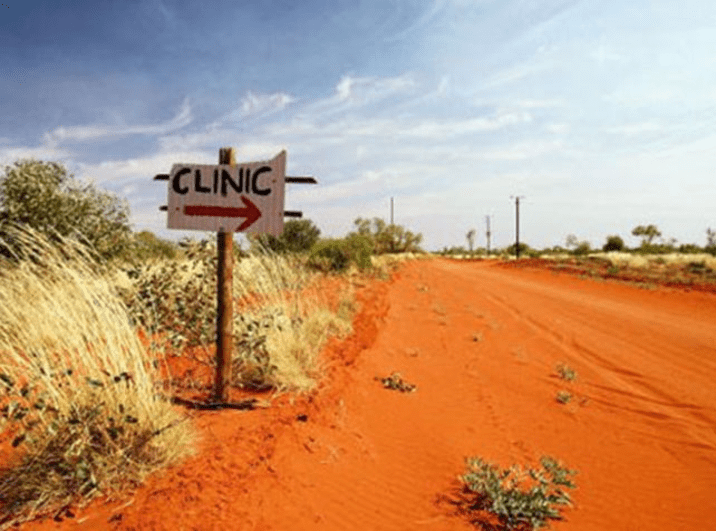
Welcome to our December edition of ‘Health Headlines: 5 Stories That Got Us Talking Last Month’. Each month we dissect five interesting health stories at home and around the globe that may have escaped your attention, sharing commentary and insights from across the industry to offer the Australian perspective.
As COVID-19 cases exploded last month, so did the demand for testing as Australians raced to keep their families and friends safe over Christmas. To date, Victoria and NSW have conducted a combined 43 million tests for SARS-CoV-2, peaking at around 1.3 million tests per week in December.
Demand for PCR tests has increased exponentially, reflecting the states’ climbing case numbers where tests now have a positivity rate of 27.7% in NSW and 23.1% in Victoria (as of January 4th, 2022).
Rapid antigen tests (RATs) were only approved by the TGA for use at home from the 1st of November 2021. By Christmas they had fast become a precious commodity, long queues outside pharmacies were commonplace in NSW and Victoria.
The NSW government announced it has put in an order for 20 million RATs to arrive by January to be provided to its residents without cost. Victoria followed suit, ordering 34 million.
The task of securing RATs for each state has been made increasingly difficult as they bid against each other in the face of the absence of a national approach to obtaining them. Stephen Duckett, a health economist at Grattan Institute emphasises that Australian governments have been “slow to recognise the importance of at-home tests”.
The debate over whether they should be made free will be a headache for Prime Minister Scott Morrison in an election year. It has arguably become the biggest story of the new year, evidenced by data from our media monitoring software Meltwater which shows that mentions of rapid antigen tests in the media have increased by 162% in the last 30 days compared to the previous period.
As of January 2022, the federal government will offer Australian doctors and nurse practitioners the opportunity to have their university debt cancelled if they are willing to work in regional, rural or remote placements across the country. This move will attempt to close the medical workforce gap by making working in rural settings more appealing to medical professionals.
However, critics claim that the plan does not address key issues and considerations. Dr Cronin, a GP with extensive experience in running general practises in QLD says that they are grossly underfunded with more work and less financial reward.
In a recent Sky News interview Pathology Technology Australia CEO Dean Whiting said expanding access to point-of-care testing could help rural doctors. He argues that they will improve outcomes in rural areas where it can be harder for pathology services to reach.
The five-year survival rate for all cancers has increased by 19% to 70% since 1998. This includes cancers such as prostate and kidney cancer, stomach cancer, multiple myeloma and non-Hodgkin lymphoma.
However, this jump in survival rates has not correlated to Aboriginal and Torres Strait Islander peoples where the five-year survival rate remains at 54% for individuals living in metropolitan cities, further contrasting the 38% survival rate of First Nations people in remote areas. This health gap is particularly evident in breast, colorectal and cervical cancers.
Although most Australians are seeing an improved survival rate, the incidence of these cancers has also increased (excluding prostate, lung and colorectal cancers) over the last 20 years.
With the COVID-19 pandemic impacting other areas of healthcare, experts warn that more advanced cancers may begin emerging in the future as a result of them not being detected in their early stages.
The federal government announced that it will be providing $9.8 billion in the Mid-Year Economic and Fiscal Outlook (MYEFO) to support Telehealth, COVID vaccinations and fortify the nation’s health response. The resources will be especially focused on supporting the vulnerable including aged care, disability and remote communities.
This funding will also help Telehealth be established as a permanent feature of Australia’s health services to strengthen rural and remote healthcare and provide continued quality care to the regions’ residents. $106 million over four years will be invested into the scheme.